They say that three out of four women will develop yeast infections throughout their lives.
Some of the most common causes for yeast infections include increased stress, unbalanced hormone and blood sugar levels, and a weak immune system. And then there are some external factors, such as a poor diet, rough feminine products, and unsuitable underclothing.
In an exclusive guide below, we'll first talk about some of the causes and symptoms of yeast infections, and then walk you through some of the ways for prevention, as well as some all-natural remedies you can try out at home.
You may find that several of these treatments overlap with the remedies for painful urinary tract infections, which may just mean that we need to start paying more attention to these health tips and information more carefully from now on!
However, it's always recommended to follow the professional medical advice of your doctor — so be sure to consult with your gynecologist before using any of these alternative methods.
Scroll on to learn more about the causes and ways of prevention for yeast infections, and let us know your thoughts in the comments below.
What Causes Vaginal Yeast Infections?
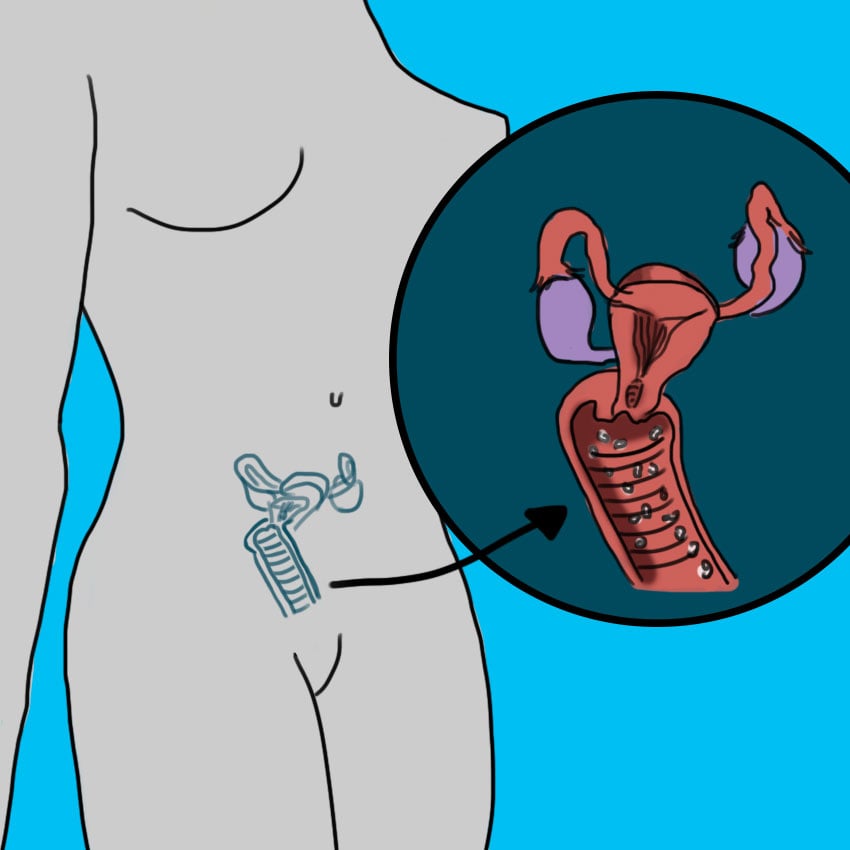
Vaginal yeast infections, also known as candidiasis, is quite a common infection in women.
According to the Mayo Clinic, a staggering three out of four women will experience a yeast infection at some point in their lives.
The Candida strand of yeast naturally occurs in the vaginal area, and is usually kept in check by healthy bacteria. In some cases, however, the bacteria fails to work properly, and causes an imbalance in the system, leading to an overgrowth of yeast.
Some known causes for the overgrowth of yeast include:
- Antibiotic use, which can lower the amount of healthy bacteria in your system
- Uncontrolled diabetes
- A weak immune system
- Stress
- Poor, imbalanced eating habits
- Hormonal imbalanced related to your menstrual cycle
- Lack of sleep
- Pregnancy
Symptoms And Signs
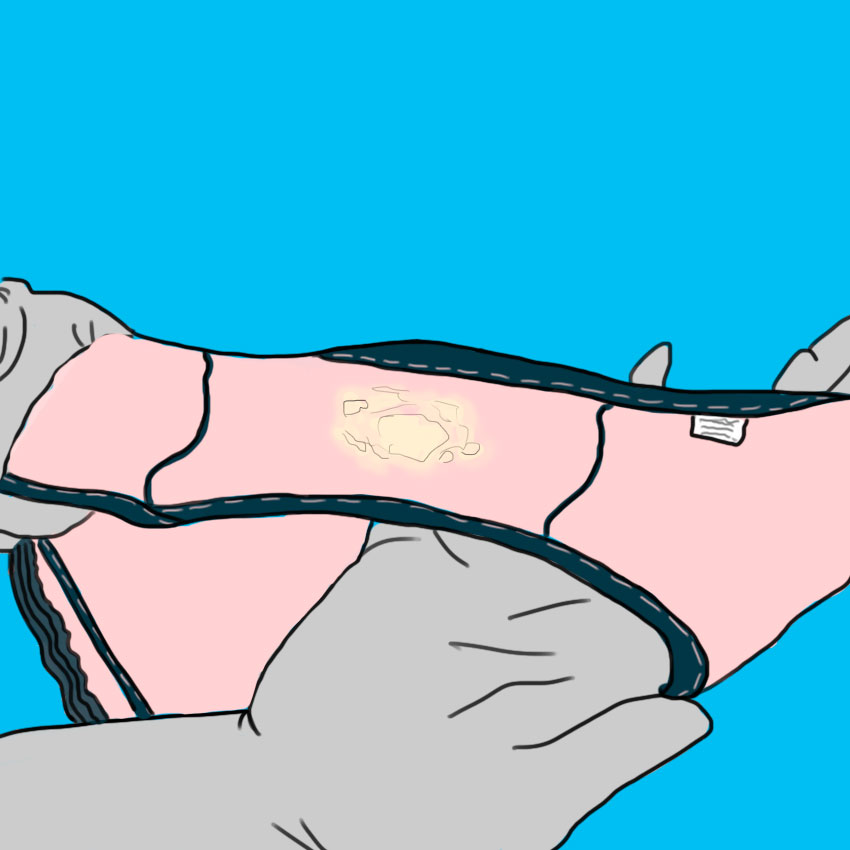
Most of the time, yeast infections are fairly simple to treat. In some extreme cases, they can lead to complicated and more painful conditions.
The most common and frequent symptoms of yeast infections include:
- Itching and irritation
- Burning sensation
- Pain during intercourse or while urinating
- Rash
- Soreness
- Varying amounts of vaginal discharge, often appearing whitish gray and thick
- Redness and swelling
Tips For Prevention 1. Avoid Harsh Feminine Products
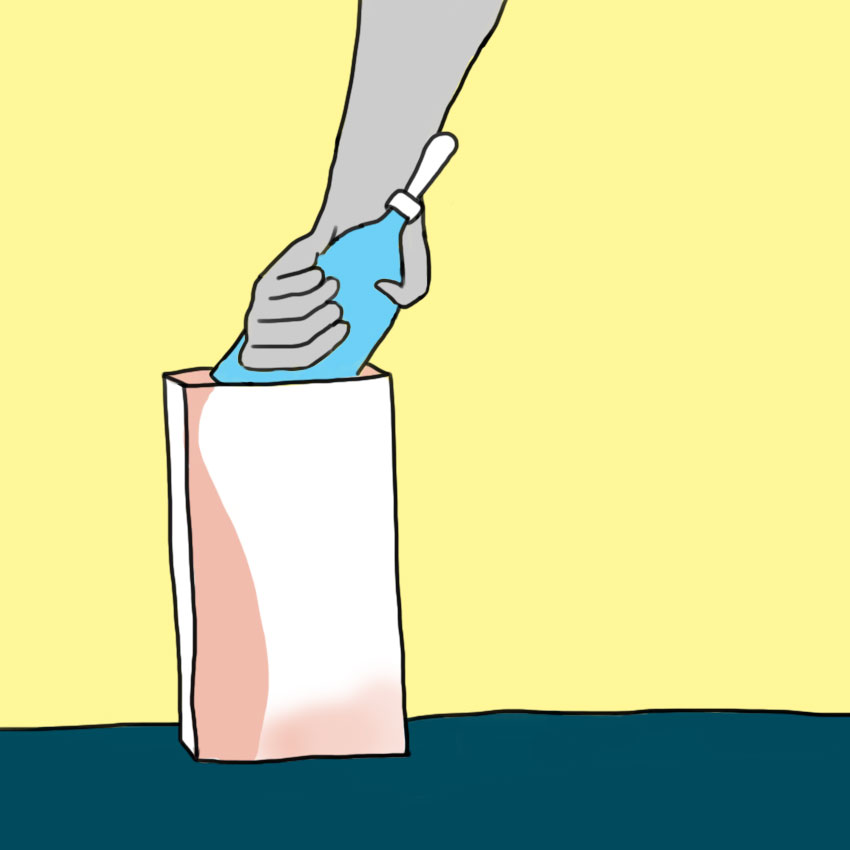
Before going into the best ways to treat yeast infections, it's vital to learn how to prevent them.
One of the clearest ways of prevention is to avoid any harsh feminine products, like scented powders and tampons, deodorant sprays, and douches.
The products can be laden with harmful chemicals that can "upset" the natural balance of good bacteria in your system.
2. Eat Balanced, Nutritious Meals
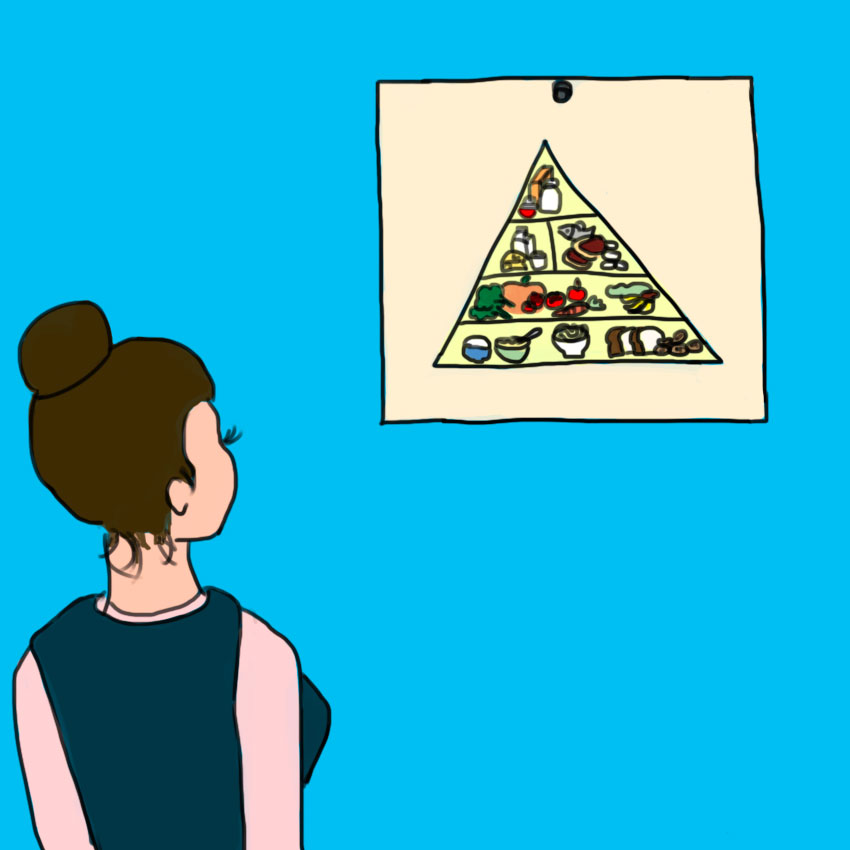
As with many other health imbalances, diet plays an incredibly important role.
Surveys have indicated that an excessive intake of ingredients like sugar and beer can cause yeast infections.
A balanced, nutritious diet can contribute enormously to your physical well-being, and keep your systems running and in check.
3. Control Blood Sugar Levels
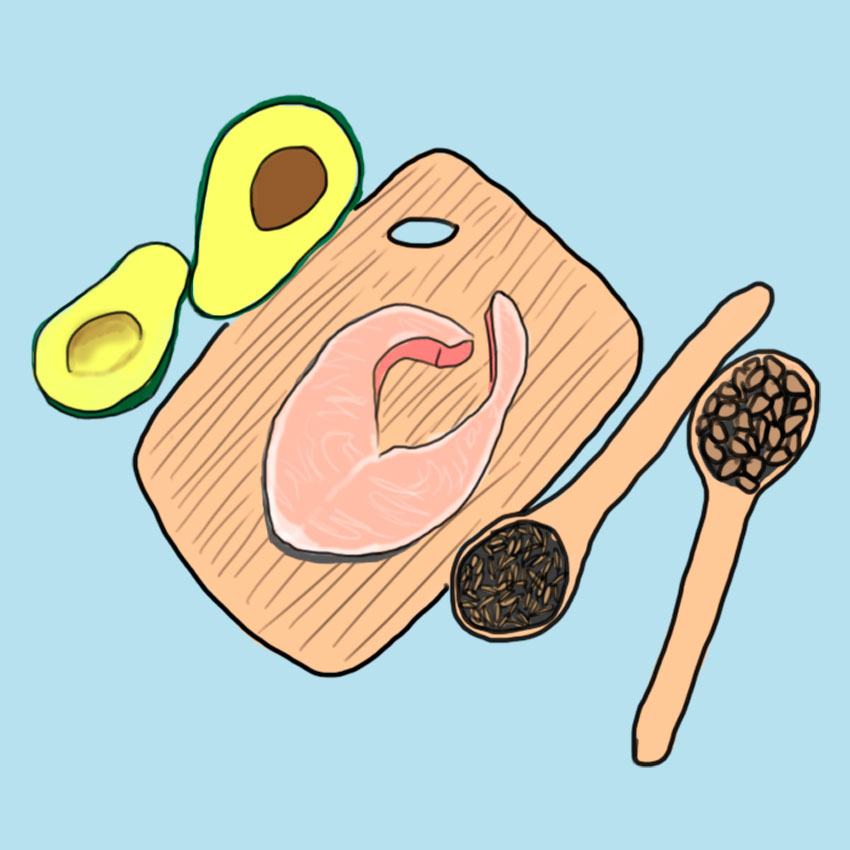
Uncontrolled blood sugar levels also have been linked to higher risk factors for yeast infections.
This is most likely true because high blood glucose levels resulting from uncontrolled diabetes are repeatedly linked to various illnesses and infections.
4. Wear Loose-Fitting Clothing And Underwear
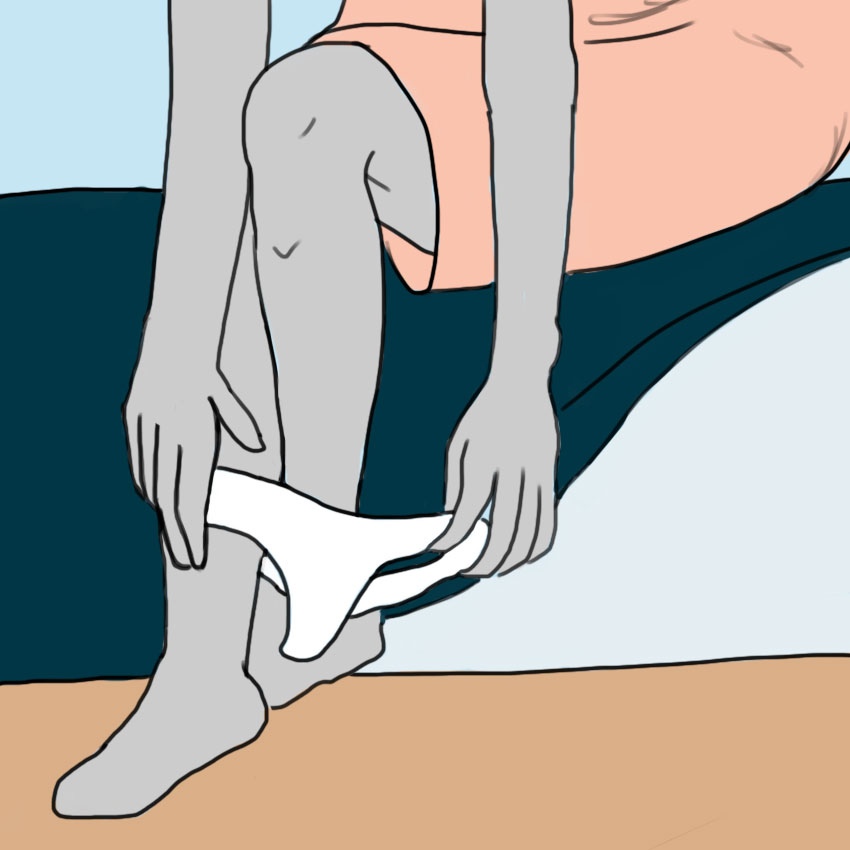
Believe it or not, but the way you dress can also greatly affect your risk factors of getting a yeast infection.
Try avoiding nylon underwear or pantyhose and underclothing made from synthetic materials on a regular basis.
Switch them out for fresh, loose cotton underwear, pants, pantyhose, tights, and leggings, because you want to prevent as much moisture from collecting as possible.
If you work out or go for a swim, make sure to change out of your clothes or swimwear as soon as possible, because a damp environment is ideal for a yeast infection to occur.
5. Try To Relax
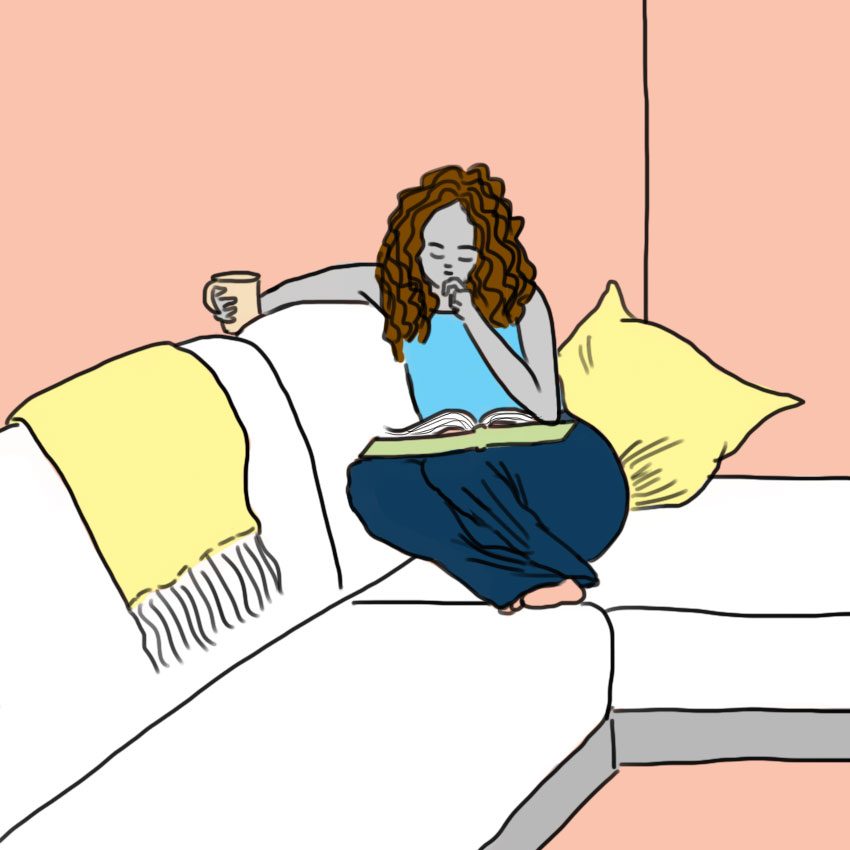
Certain lifestyle habits are also known to cause yeast infections — with stress being one of the main culprits.
This is because stress can weaken your immune system. Many women reportedly develop yeast infections when they're going through some major life change, or are dealing with demanding situations, like planning large projects at work, going through a divorce, overworking themselves.
To remedy this, you can try out different stress-reducing techniques and practices, like meditation, yoga, and exercise — or just do something you enjoy.
6. Use Anti-Fungal Creams And Supplements

It's important to take all the possible steps you can to prevent infections, but it's more critical to listen to what your doctor has to say.
Upon being diagnosed with a yeast infection, your physician will most likely prescribe a one- to three-day treatment of an anti-fungal cream, ointment, or tablet, or some form of oral medication, according to Healthline.
However, while it's crucial to follow the professional medical advice of your gynecologist, there are some safe and all-natural remedies for yeast infections.
Natural Remedies 1. Probiotics
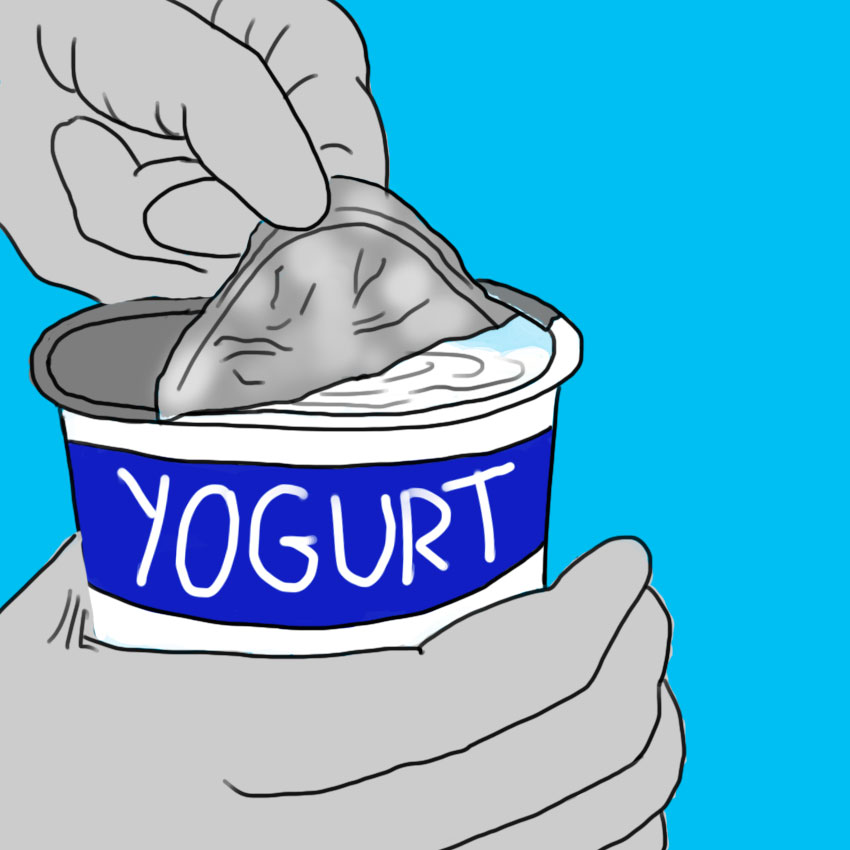
Probiotic foods and supplements will help maintain the balance of healthy, natural bacteria that works to prevent yeast infections from occurring.
So eating foods like yogurt, sauerkraut, or any other foods that contain live cultures of lactobacillus acidophilus, one of the "friendly" bacterias, may help prevent yeast infections.
Some experts even say that sugar-free, plain, organic yogurt can also be used to treat, rather than prevent, yeast infections — both externally to soothe the affected area, or internally with a tampon.
2. Tea Tree Oil
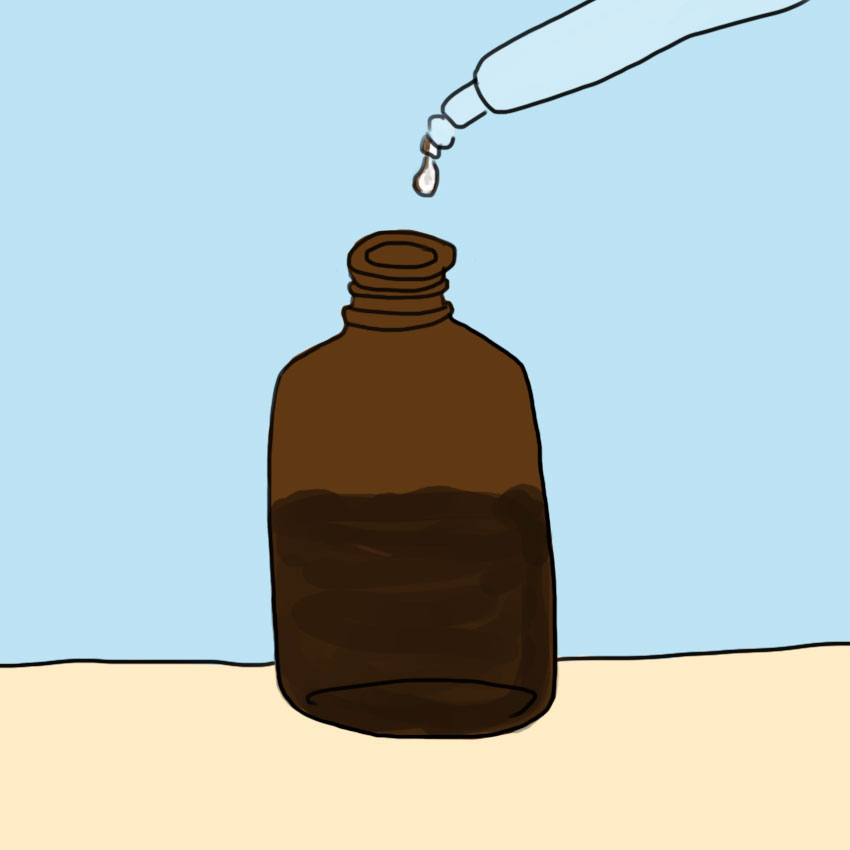
Tea tree oil is an extremely powerful "fungal cleanser," in the words of the Global Healing Center.
It also has strong antiseptic and antibiotic properties, so it will do wonders for any infected areas.
To use, try placing a few drops of organic tea tree oil on your scent-free tampon, and insert for a few hours. Do this in the morning and afternoon.
However, it's very important to never leave a tampon in longer than the recommended amount of time, which depends upon the tampon's absorbency level.
3. Oregano Oil
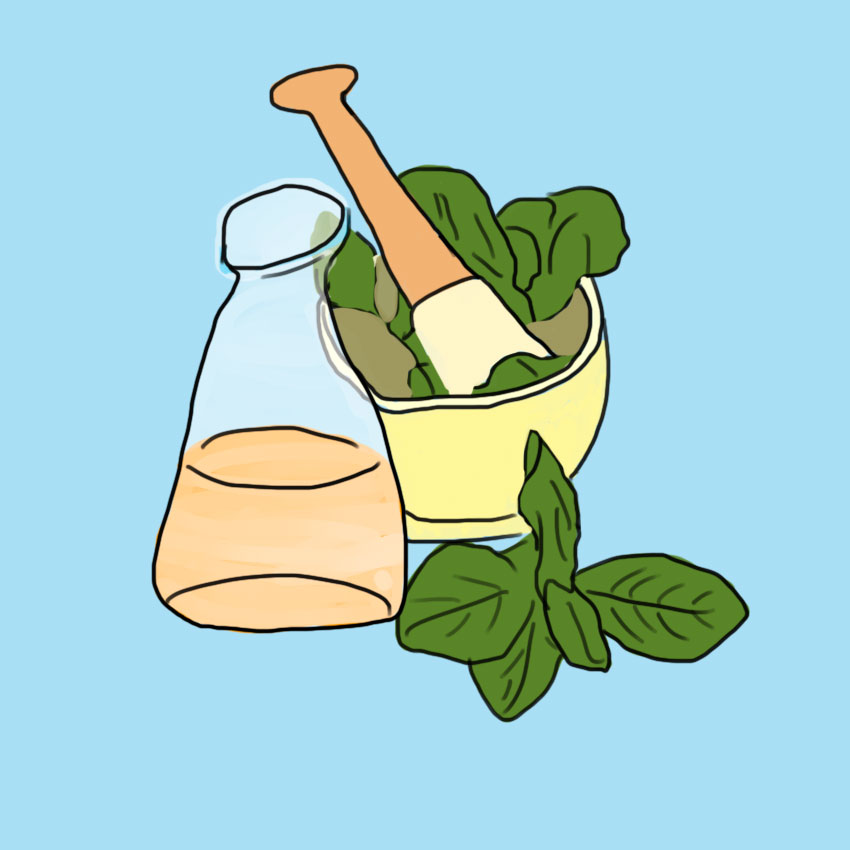
Organic oregano oil is also another powerful and natural anti-fungal ingredient.
It has been found to inhibit the growth of the Candida strand of yeast, and to react with the water in your bloodstream to dehydrate and wipe out the bad yeast cells.
To use, place a few drops in a capsule, and take two times a day after meals. Or, you can learn to grind fresh oregano leaves and turn it into an essential oil!
4. Cranberries
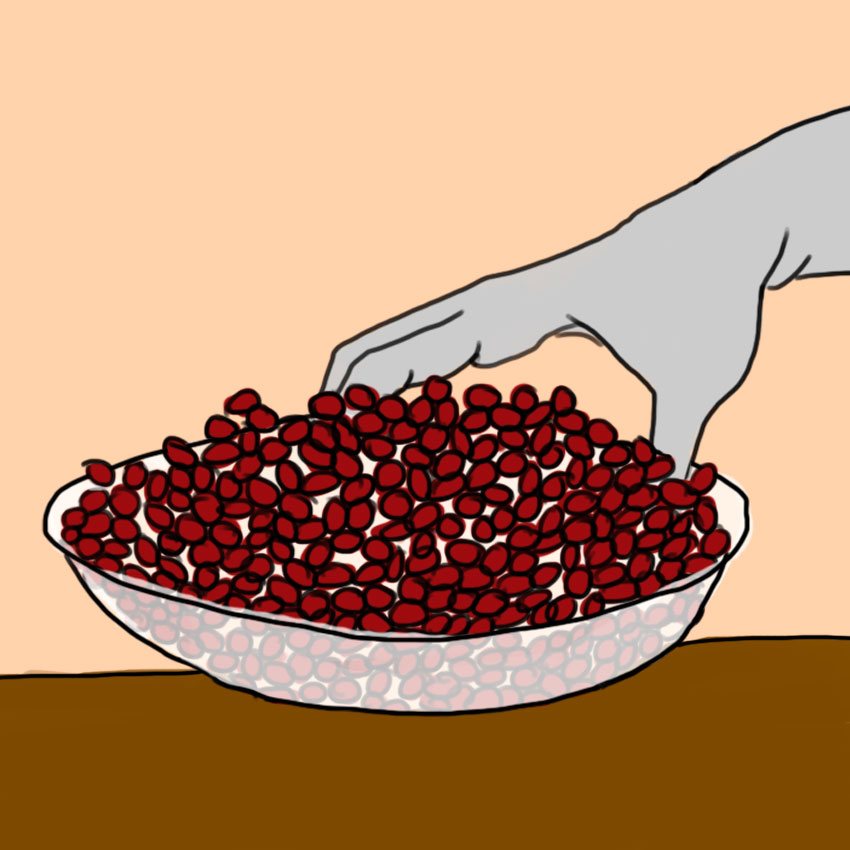
Cranberries seem to be the magical cure-all for many of the infections out there, including both bladder and urinary tract infections.
And, to no one's surprise, they're fantastic at remedying yeast infections, as well.
Cranberries contain a substance that helps prevent the bacteria from sticking to the membranes in the mouth, intestines, and urinary tract, according to LIVESTRONG.
They can also help correct your system's pH levels, and prevent the overgrowth of fungi. When choosing to drink cranberry juice, always go with the unsweetened option, because yeast thrives on sugar.
5. Organic Garlic
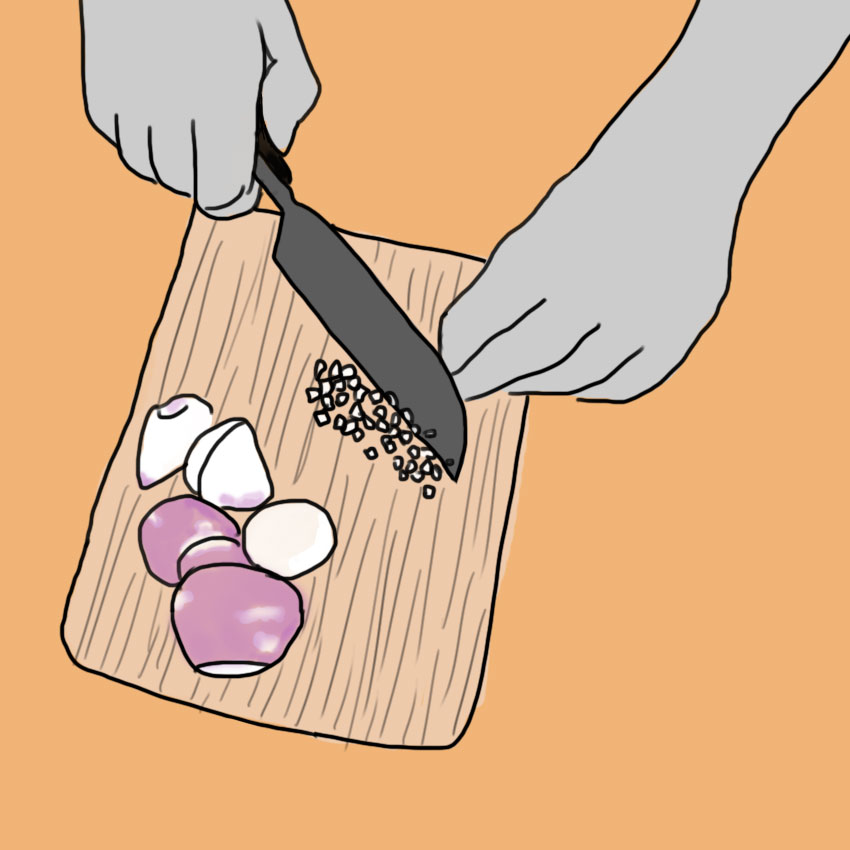
Lastly, we have organic garlic. And while it can make your breath a little smelly, garlic has amazing natural anti-fungal, antibacterial, and antibiotic properties.
Usually, garlic is only used to treat severe yeast infections. And though more clinical studies need to be done in order to fully confirm the effectiveness of garlic, it has been used for hundreds of years by women who had few medical remedies to turn to.
According to some published articles, to treat complicated infections, you can peel one garlic clove, cut it in half, and insert it inside yourself at night.
And though these are treatments that have been passed down from previous generations, remember that it is always best to consult with your doctor first on what treatments are most effective for you!
Again, it's always recommended to seek the professional medical opinion of your doctor — especially before trying any alternative treatments.
But if you appreciate new home remedies, please SHARE these yeast infections tips with all the women in your life!
[Thumbnail Source: Find Home Remedy]




